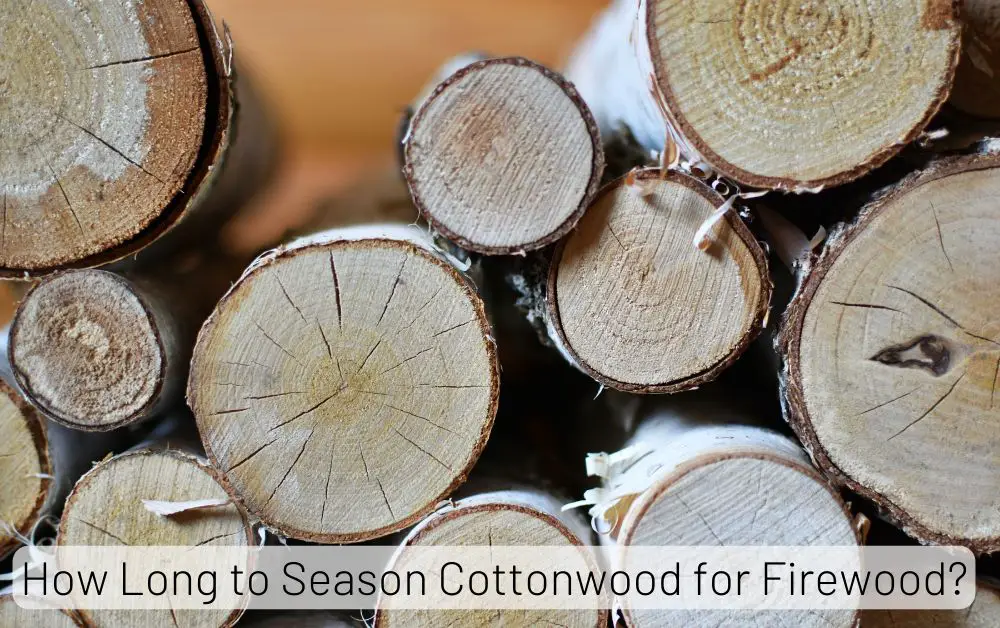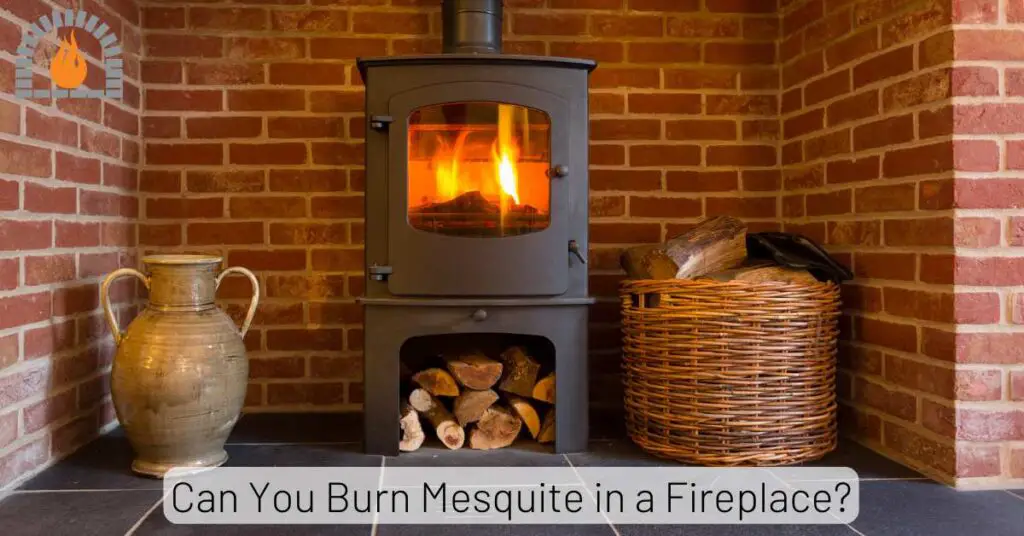Heating with firewood offers a warm, inviting ambiance and is a sustainable choice when managed well. Yet, reducing firewood consumption is essential for cost savings, environmental conservation, and reducing the physical demands of gathering and storing wood.
In this article, we’ll explore practical ways to cut down on firewood use while maximizing warmth and efficiency.
Key Takeaways
- Use seasoned hardwoods like oak and maple for longer, more efficient burns.
- Dry firewood for 6–12 months before use to maximize heat output and reduce waste.
- Keep wood off the ground, covered, and in a well-ventilated area to prevent moisture buildup.
- Upgrade to Efficient Stoves and Inserts as they burn more efficiently, saving wood and boosting heat.
- Use kindling to start, avoid overloading, and burn wood in cycles for a steady, efficient fire.
- Proper insulation and sealing gaps reduce heat loss, lowering the amount of wood needed.
- Supplements like pellets or eco-briquettes can provide heat while using less traditional firewood.
- Clean your chimney annually to improve airflow and burning efficiency, minimizing firewood use.
- Use a fireplace thermometer to keep fires in the optimal range for efficient wood use.
- Add heat reflectors to push warmth back into the room, maximizing every log’s heating potential.
Efficient firewood use starts with understanding how wood burns and how to optimize that process. Burning efficiency depends on factors like the wood’s density, moisture content, and combustion method.
Efficient burning ensures that wood is burned completely, releasing more heat per log. Using a high-efficiency stove or fireplace and selecting the right type of wood play critical roles in achieving this.
The right tools and techniques can reduce firewood consumption significantly while still keeping your home warm.
How to Reduce Your Firewood Consumption
1) Select the Right Wood Type
Hardwoods vs. Softwoods
Not all wood is created equal when it comes to heating. Hardwoods like oak, hickory, and maple burn hotter and longer than softwoods such as pine or spruce firewood.
Hardwood’s dense structure provides sustained heat and reduces the frequency of refueling, ultimately lowering firewood use.
Choosing Long-Lasting Wood for Maximum Efficiency
If reducing wood consumption is a priority, aim for hardwoods, especially those with a long burn time and high heat output.
Species such as oak firewood and hickory are excellent choices for maintaining a warm environment with minimal fuel.
2) Learn Proper Wood Seasoning Techniques
Importance of Seasoning
Seasoning firewood drying it out over time allows it to burn more efficiently.
Freshly cut wood contains significant moisture, and burning wet wood requires more fuel to reach the ideal combustion temperature, often leading to more wood usage.
Steps to Properly Season Firewood
-
Cut and Split Early: Splitting the wood increases the surface area exposed to air, speeding up the drying process.
-
Stack Off the Ground: Keeping the stack slightly elevated prevents moisture from seeping in.
-
Cover the Top Only: Covering the top of the stack shields it from rain and snow while allowing airflow around the wood.
-
Season for 6–12 Months: Ideally, wood should dry for at least six months to one year to achieve optimal burning efficiency.
Benefits of Seasoned Wood
Seasoned wood ignites faster, burns cleaner, and produces more heat than unseasoned wood. By drying your firewood properly, you’ll use less wood overall and achieve a cleaner, hotter burn.
3) Learn Proper Storage Techniques
Best Practices for Storage
Proper storage techniques prevent wood from absorbing moisture from the ground and air. Build a stack in a covered area with plenty of airflow, such as a woodshed or a lean-to.
Moisture Control Tips
Firewood that stays dry burns efficiently, so invest in a good firewood cover and store the wood off the ground. An ideal location has a roof overhead, but open sides to allow air circulation. For optimal results, keep firewood away from snow, rain, and humid areas.
4) Improve Fireplace and Stove Efficiency
Efficient Fireplaces and Stoves
Modern wood stoves and fireplace inserts burn wood more completely than traditional open fireplaces. Look for certified, high-efficiency stoves that minimize smoke and ash while maximizing heat output.
Closed systems like these burn fuel completely, leading to a more efficient fire.
Benefits of Stove Inserts
A stove insert is essentially a metal box that fits inside your existing fireplace, providing a more efficient burn than an open fireplace.
They’re designed to control airflow, which optimizes combustion and reduces wood use by ensuring a more complete burn.
5) Learn Effective Fire-Building Techniques
Building a Fire for Efficiency
An efficient fire requires a balanced mix of oxygen, kindling, and seasoned wood.
Use small, dry kindling to get the fire started, then add larger pieces of seasoned wood once the fire is established.
Common Mistakes
Avoid adding too much wood at once, as it can smother the flames and increase wood consumption. Instead, build your fire gradually, allowing each piece to burn fully before adding more wood.
This approach ensures a steady, controlled burn that maximizes heat and reduces waste.
6) Use Firewood Alternatives and Supplements
Exploring Firewood Alternatives
Alternative fuel sources like wood pellets, eco-friendly briquettes, and manufactured logs provide efficient heat with less wood.
These alternatives burn cleaner and longer than traditional firewood, making them a smart choice if you’re looking to reduce wood consumption.
How Alternatives Reduce Firewood Usage
Blending these alternatives with traditional wood can help lower your wood consumption while providing adequate warmth.
Many wood stoves can accommodate both wood and alternatives, offering flexibility and reducing your overall dependence on firewood.
7) Insulate and Seal Your Home
Importance of Proper Insulation
Insulating your home helps retain heat and reduces the amount of firewood needed.
Homes with good insulation in the walls, attic, and floors retain warmth longer, allowing for lower wood consumption.
Sealing Gaps and Drafts
Small cracks around doors, windows, and vents let cold air in and warm air out. Seal these gaps to keep the warmth inside, reducing the need to burn more wood to maintain a comfortable temperature.
8) Implement Zone Heating
Zone heating is the practice of heating only the areas of your home that are in use.
By focusing heat on frequently occupied spaces, you can reduce the overall firewood needed to keep your home comfortable.
Zone heating allows you to target heat to specific rooms, minimizing firewood use while keeping your home cozy.
9) Regular Fireplace and Chimney Maintenance
A clean chimney helps your fireplace or stove burn efficiently. Creosote buildup restricts airflow, reducing the efficiency of your burn and increasing firewood consumption.
If you notice slow-burning fires or excess smoke, it may be time to clean the chimney. Regular maintenance improves airflow, which maximizes wood use.
10) Use Fireplace Thermometer
A fireplace thermometer measures the heat output of your stove or fireplace. Keeping the fire within an optimal temperature range allows for efficient burning, reducing wood use.
Aim to keep the fire burning at the ideal range, often between 250°F and 450°F, for efficient wood use. Thermometers help you keep track, ensuring the fire doesn’t burn too hot or too cool.
11) Taking Advantage of Heat-Reflecting Materials
Installing heat-reflecting materials behind your stove or fireplace can push more warmth into the room, reducing wood consumption.
Simple, affordable reflectors amplify the fire’s heat, helping it spread effectively.
12) Burning in Cycles for Sustained Heat
Burning in cycles allowing wood to burn down before adding more provides steady warmth with minimal wood. Adding small amounts of wood at regular intervals is more efficient than adding large logs all at once.
FAQs
How much firewood should I use per winter?
Firewood use depends on climate, home size, and heating needs, but a well-insulated home typically requires 2–4 cords for a season.
What’s the best wood for efficient burning?
Hardwoods like oak, maple, and hickory are ideal due to their high density and long burn times.
How can I tell if my firewood is seasoned?
Seasoned wood appears darker, has visible cracks, and makes a hollow sound when struck.
Do heat reflectors really work?
Yes, heat reflectors can help direct more heat into the room, making them a worthwhile addition for efficient heating.
How often should I clean my chimney?
Clean your chimney at least once a year to prevent creosote buildup and maintain efficiency.
Affiliate Disclosure: Fireplaceadviser.com is a participant in the Amazon Services LLC Associates Program. We may earn a commission when you click on certain links on this site and purchase.

Hello!! I am Jamal Khan. I often fix my home electric heaters and gas stove problems and research the common issues in the heating units to improve my knowledge and expertise. The aim of establishing fireplaceadviser.com is to share my expertise and knowledge with my audience.


















